Extensive archeological research has been conducted at the Knife River Indian Villages, led by Dr. Stanley Ahler of the University of North Dakota. The 800,000+ artifacts found have helped piece together the story of the people that lived here. The evidence from 50 archeological sites reveals that the area has been occupied for more than 11,000 years.
- 11,000 to 6000 BCE: The earliest artifacts are from this period. The Paleo-Indians were nomadic tribes that hunted large game (now extinct).
- 6000 BCE to 1 CE: The archaic people lived in the area by hunting and gathering
- 1000 BCE to 1000 CE: Rudimentary agriculture and a semi-sedentary lifestyle characterized the Woodland period.
- 1000 to 1885: During the Plains Village Period, earth lodge homes were built in villages around an agricultural economy. The exhibits at this National Historic Site focus on this period.
There is a video and a presentation about bison (by a park ranger) in the Visitor Center. Exhibits about the Plains Indians are arranged by season and convey a good sense of what life was like for them in this area.
In late summer/fall, food (corn, beans, squash, and dried meat) was stored in a below-ground cache (similar to a root cellar) for the coming winter months. These were sometimes inside the earthlodge homes or, sometimes, outside and were of various sizes depending on the size of your extended family.
Like many Native Americans, bison played a huge role in the lifestyle of the Plains Indians. Below is an exhibit that shows how all of the parts of a bison was used. Decorative hides were hung in earthlodges.
Below is a "bull boat" made of an untanned bull hide on a wooden (willow) frame. It was a one-man vessel used to carry items along the river. The cargo would be in the rear and the boatman would sit in the front and paddle (requiring quite a lot of skill!). These were used to travel the Knife and Missouri Rivers. Also shown is a rack of hides of animals hunted by Native Americans and trappers in the area. These hides had various uses but also were used for trade.
The women made very intricate beaded clothing, tobacco bags, and other decorative items. The dolls are reproductions of what was found during the excavations.
Behind the Visitor Center is an earthlodge that is a replica of the homes found in the Knife River Villages. The villages here had about 50 earthlodges in each.
They were constructed of wood beams and 5" of earth covered the rafters and support posts. With a diameter of 30' to 60', extended families of 5 to 15 people lived in each along with their belongings, dogs, and best horses (just a few!) The entrance was covered with a buffalo hide. There was a central fire pit. During foul weather, a bull boat was often placed over the opening at the top in such a fashion as to allow smoke to escape but keep water/snow out. Sleeping quarters were located around the perimeter of the lodge.
Gardens were built outside of the earthlodge. Along with vegetables and sunflowers, tobacco was also grown here. Young warriors did not use tobacco as they knew it would impact their ability to run fast, but when he reached the age of about 60 (when his hunting and fighting days were over), men did smoke. Also shown below is a structure used for drying vegetables and tobacco. Firewood was also stacked below it to dry.
Excavation has identified two villages (Awatixa Xi'E Village and Awztixa Village) in this immediate area and one a couple of miles to the north (Hidatsa Village). We took the Village Trail view the sites. There is basically nothing left here to see (above ground) other than the circles in the earth, the circular mounds left by the earthlodges. From the air 51 mounds can be seen that are surprisingly close together. Archaeologists believe this indicates a very close knit social structure and the need for protection from raiding tribes. This is where Awatixa Xi'E Village was. Built by the Awatixa, the village was abandoned after the smallpox epidemic of 1780, but a new village was subsequently built closer to the river's edge.
Sadie was very excited that she was allowed to walk with us along the trails here!
Explorer/trader, David Thompson estimated 52 earthlodges at Awatixa Village when he was here in 1798. The village was occupied by at least 400 people. Fish was an important part of the diet. Fishing with hooks made of bone, and then, fish traps, provided catfish, goldeneye, and suckers to the diet. In 1804, Lewis and Clark camped near this village. Toussaint Charbonneau and his wife, Sakakawea, lived here and were hired as interpreters for their Corps of Discovery expedition to the Pacific Coast. They returned to the village (with Lewis and Clark) in 1806. In 1834 a Sioux raiding party burned the village. Today less than 30 remnants of earthlodges remain due to the shifting currents of the Knife River and bank erosion.
We continued along the Two Rivers Trail and eventually worked our way back to the Visitor Center. We drove north on Rte 37 a couple of miles to Rte 18 east to see the site of the third village, Hidatsa. The trail begins at the parking area located along the gravel road. It is a short (.4) walk to the site.
There were 113 earthlodges here and more than 1,000 people and hundreds of dogs and horses lived here. There was a fortification ditch and palisades around the village for protection against raiding bands of Sioux. Disease brought by the Europeans, however, proved far more deadly. The village was occupied from around 1600 to 1845. During the smallpox epidemic of 1837, half of the population died. Survivors eventually moved north in 1845 to Like-a-Fishhook Village (now submerged beneath Lake Sakakawea). Today descendants live in central North Dakota on Fort Berthold Reservation.
In addition to the trail to the site of Hidasta Village is the 4.6 mile North Forest Trail that winds through a riparian the forest, wetlands area, and mixed grass prairie.
One of our favorite part about visiting this part of the country is learning more about the Native American culture. While I know there were hardships (especially once frontiersmen came to the area), village life seems idyllic. These cultures lived in harmony with nature and used what they needed to live, but never in excess. It seems like such a peaceful existence in comparison to our world today, although there was clearly disease and fighting between tribes. Nonetheless, the earthlodge behind the Visitor Center is something you should not miss!
There is no admission fee to the Knife River Indian Villages National Historic Site. For additional information, check it out online.
Website: www.nps.gov/knri

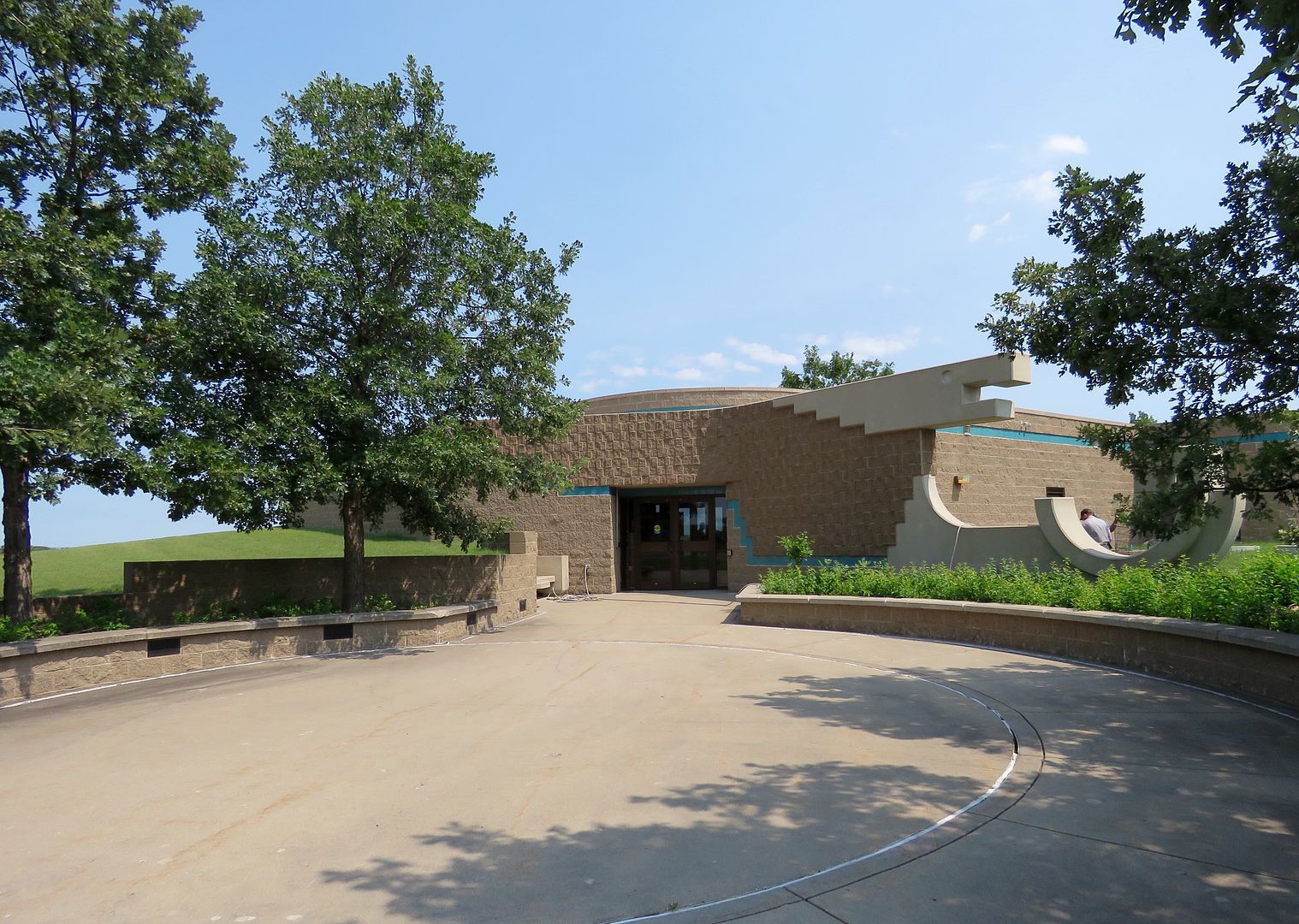

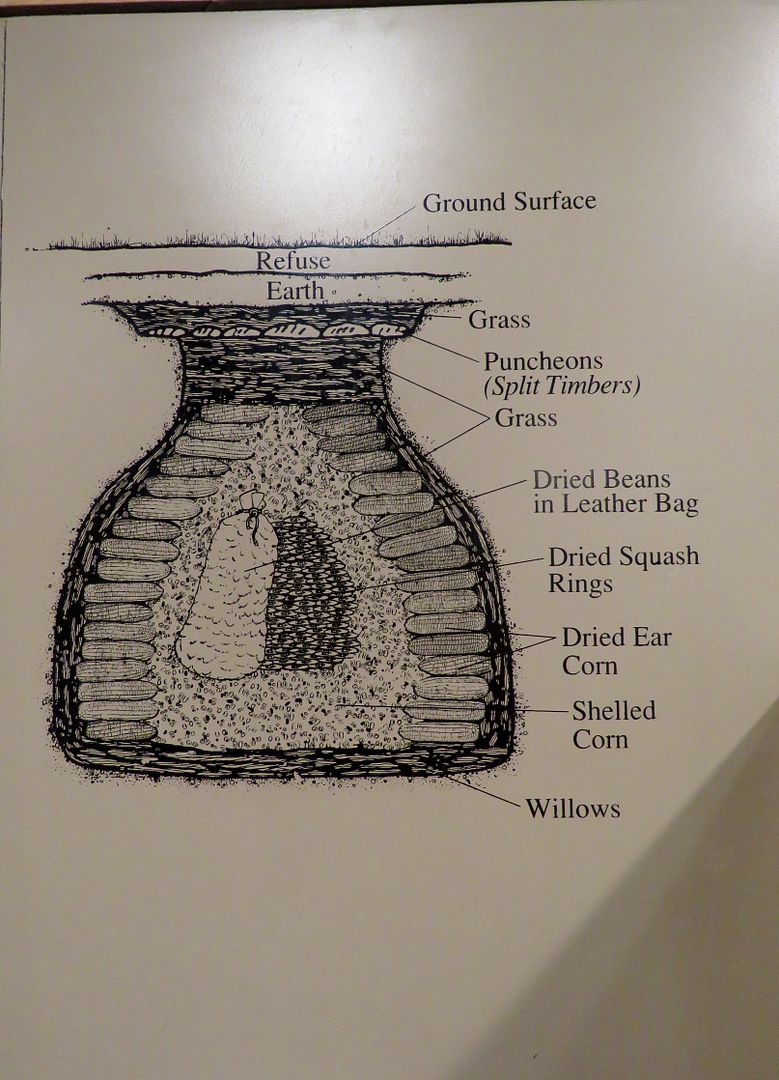

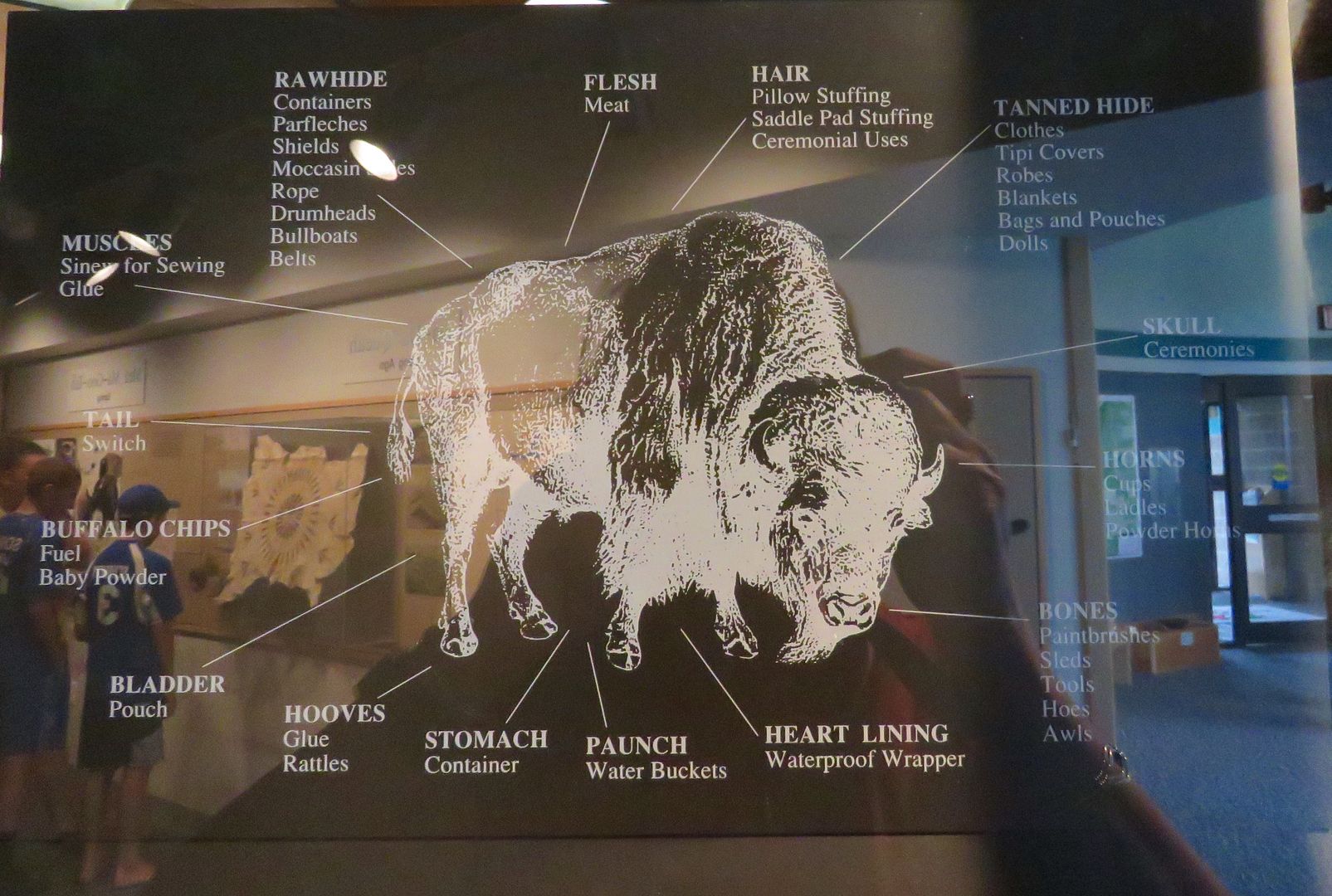


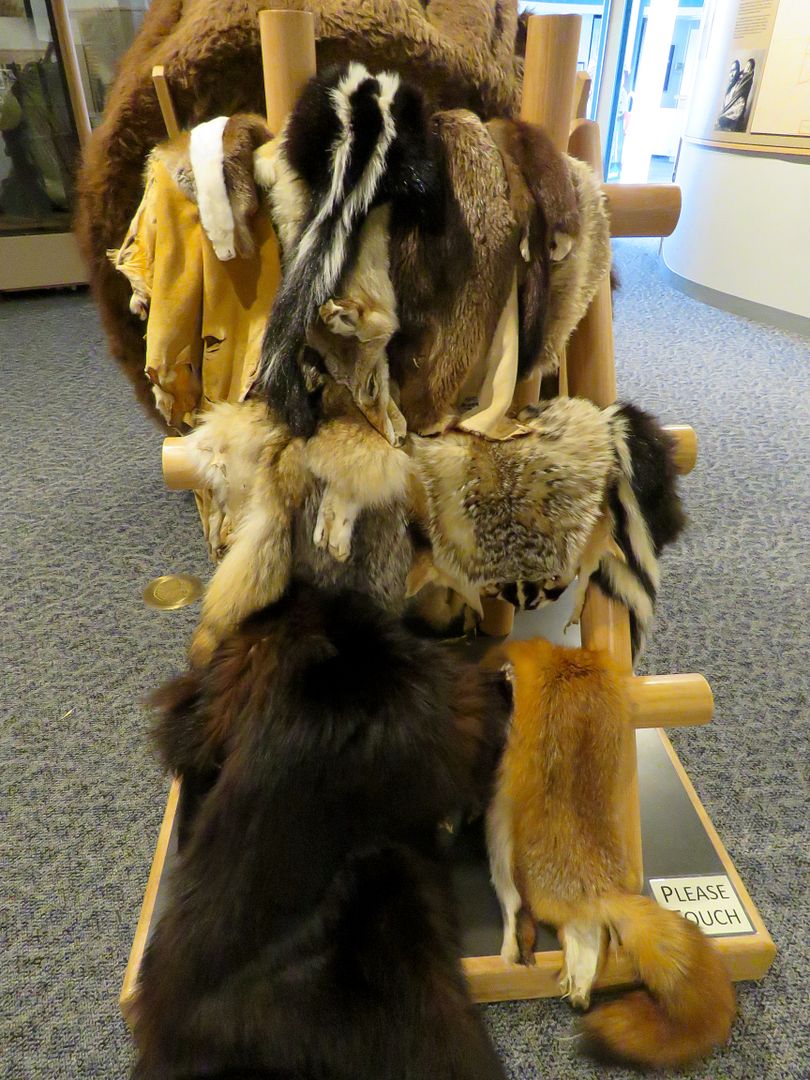
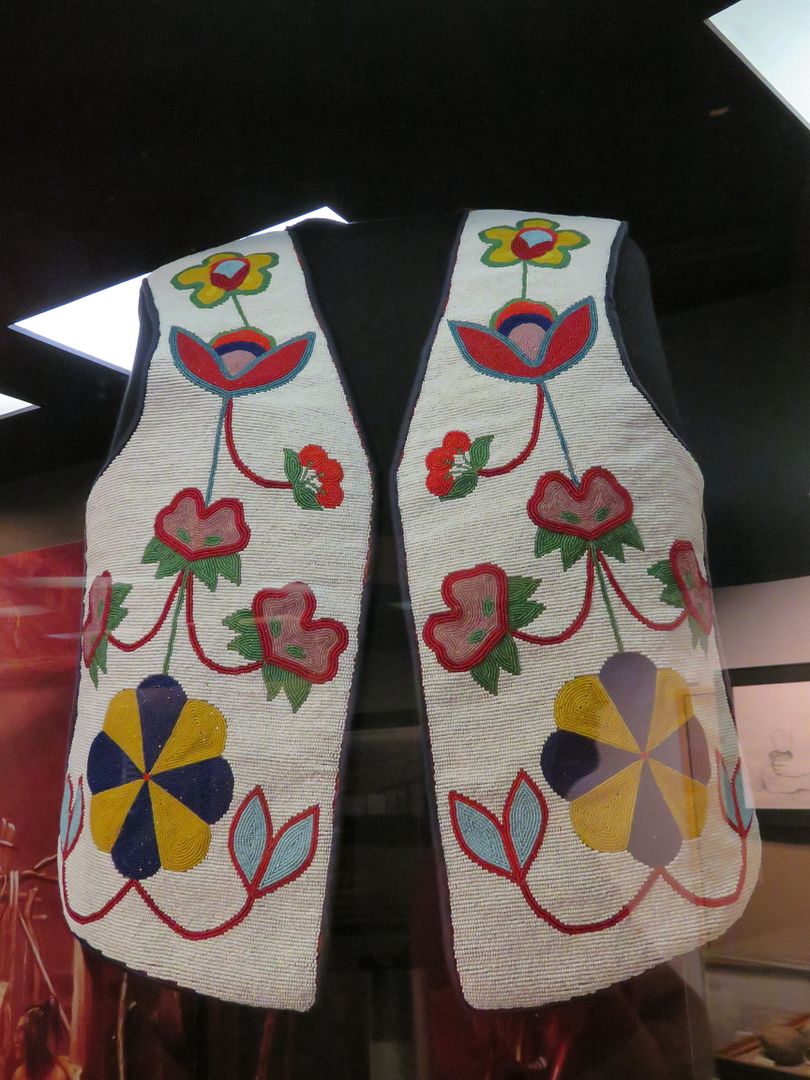
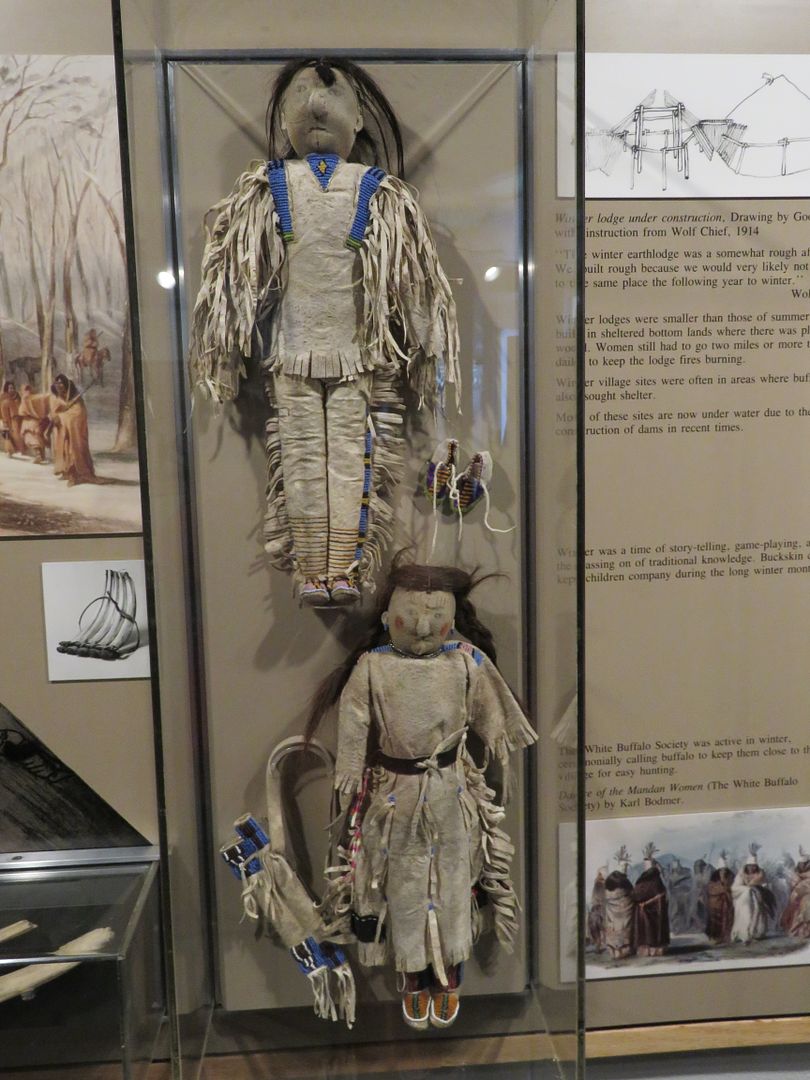

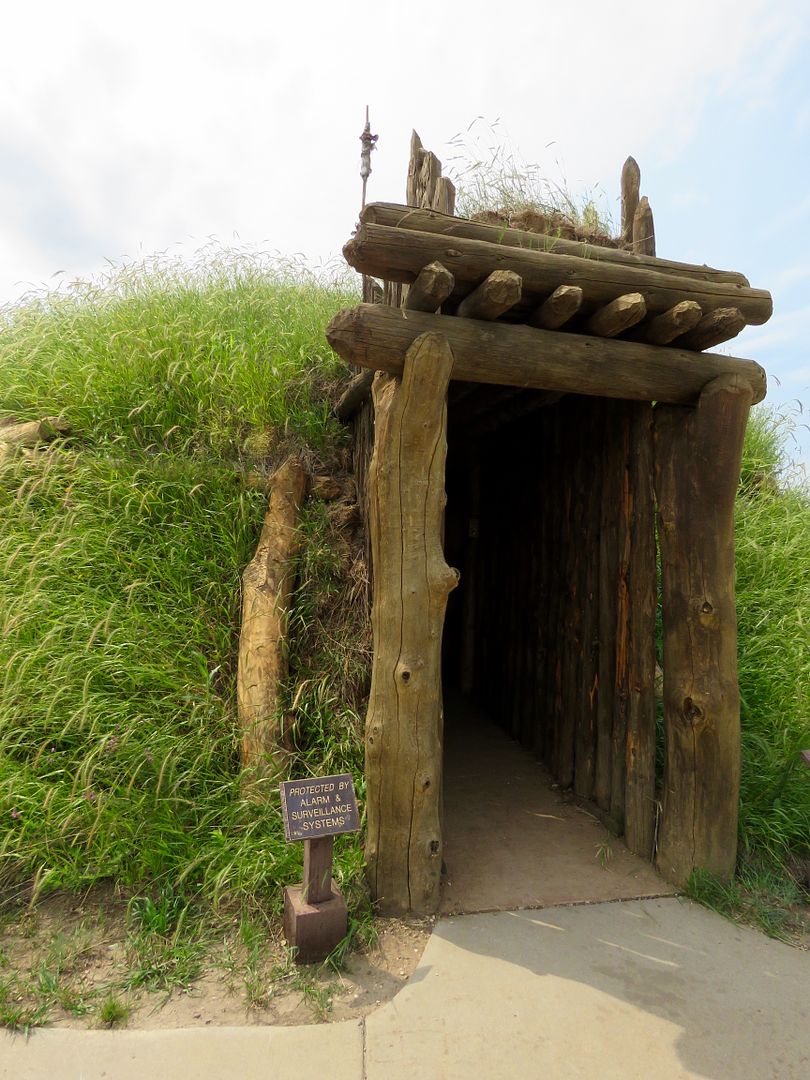

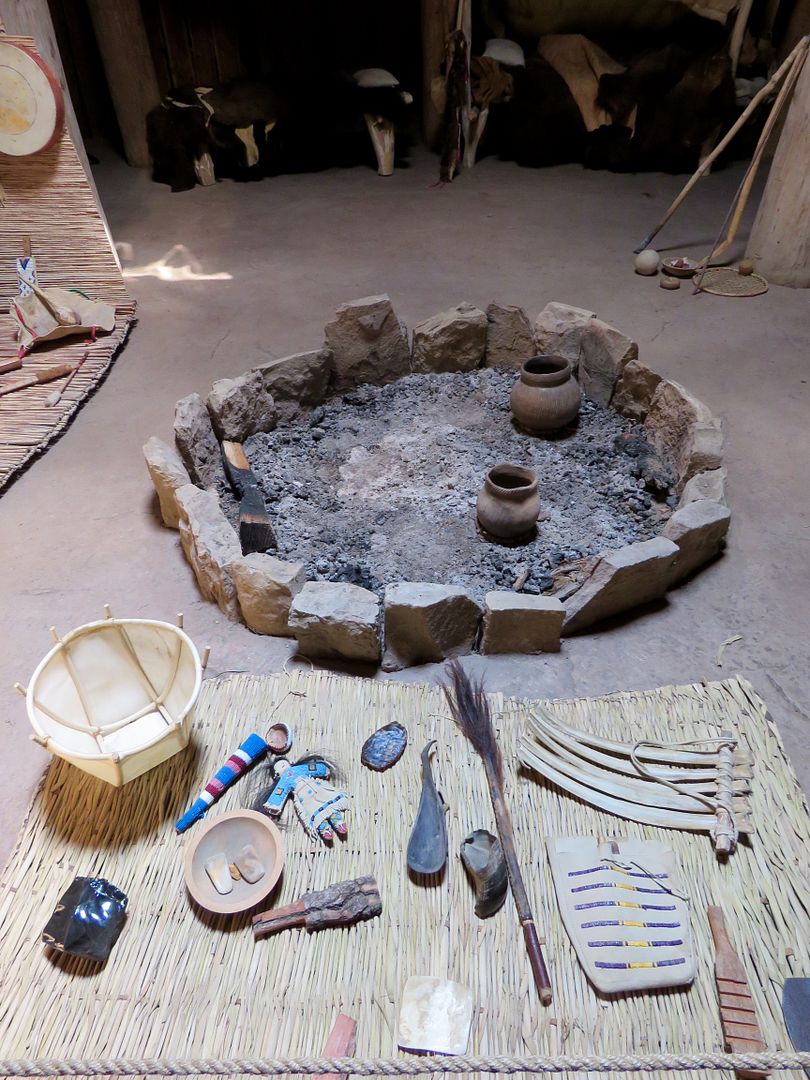
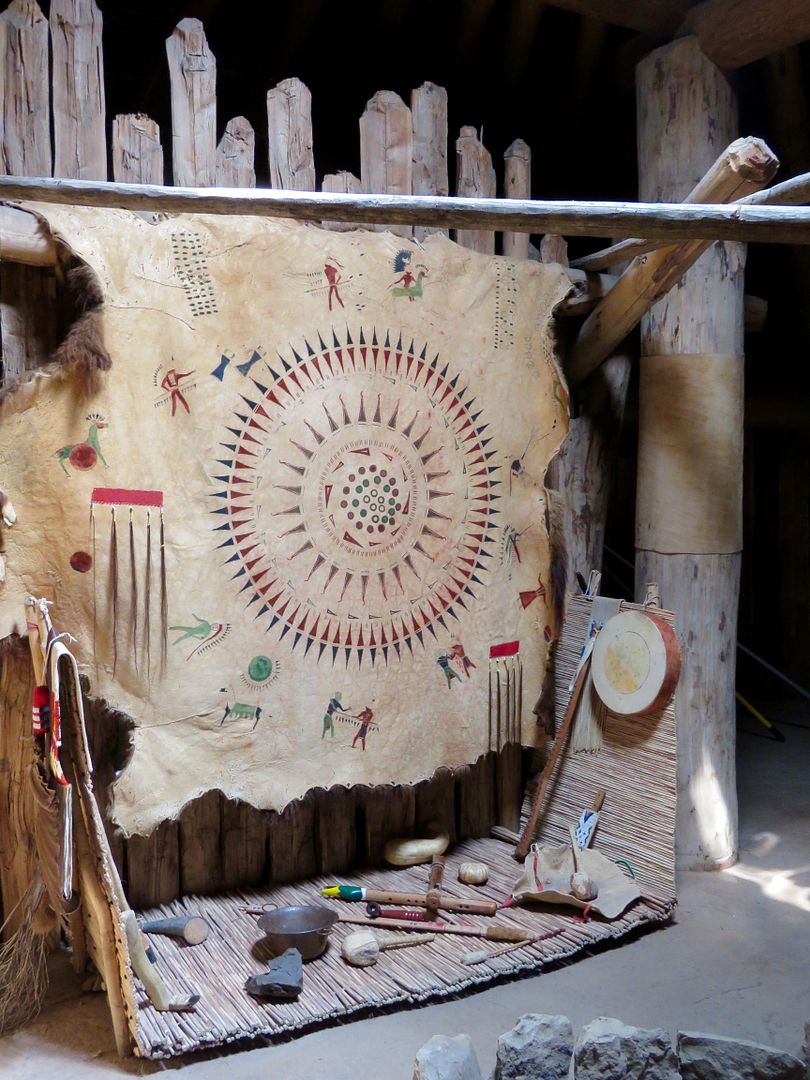

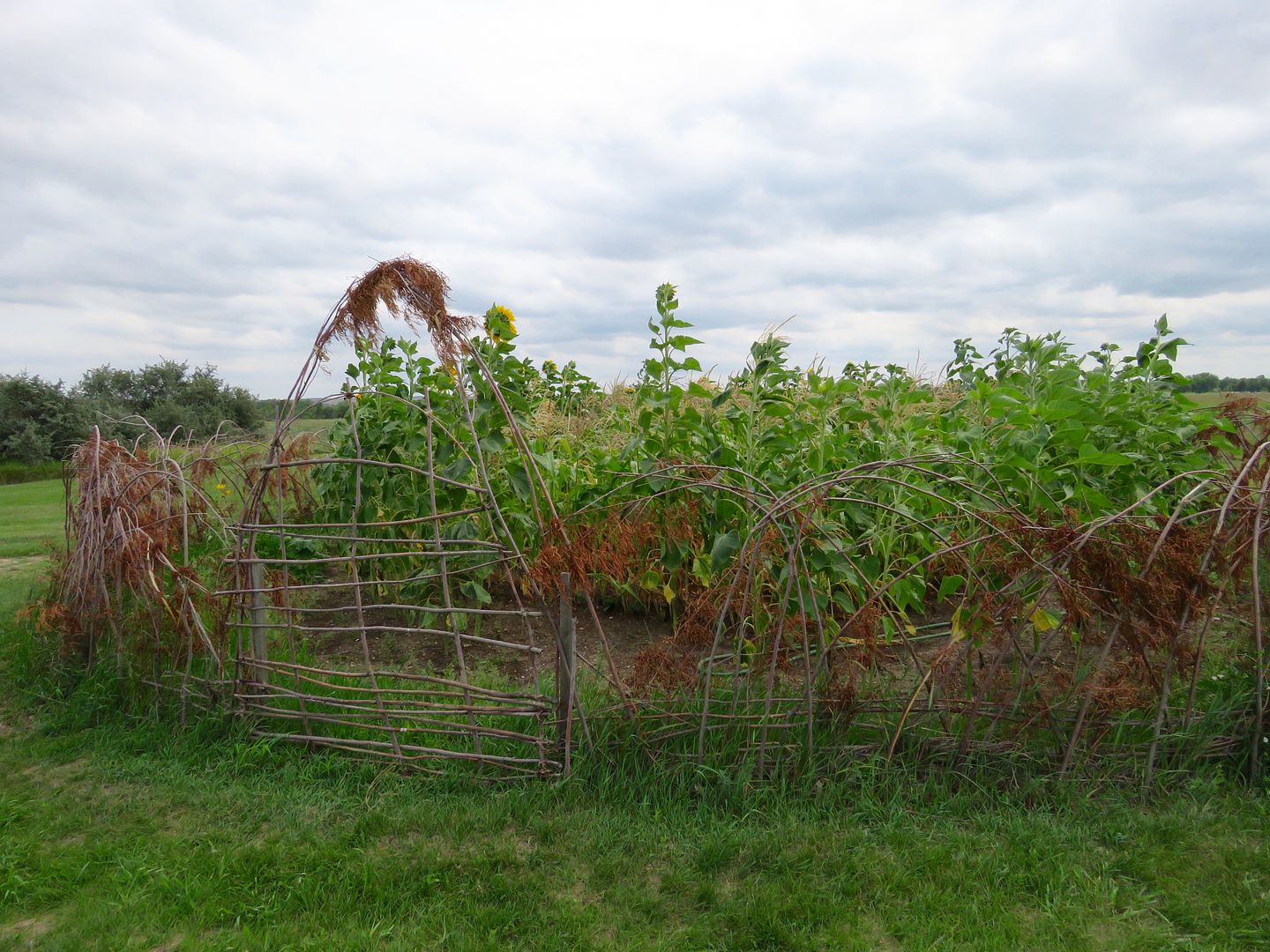
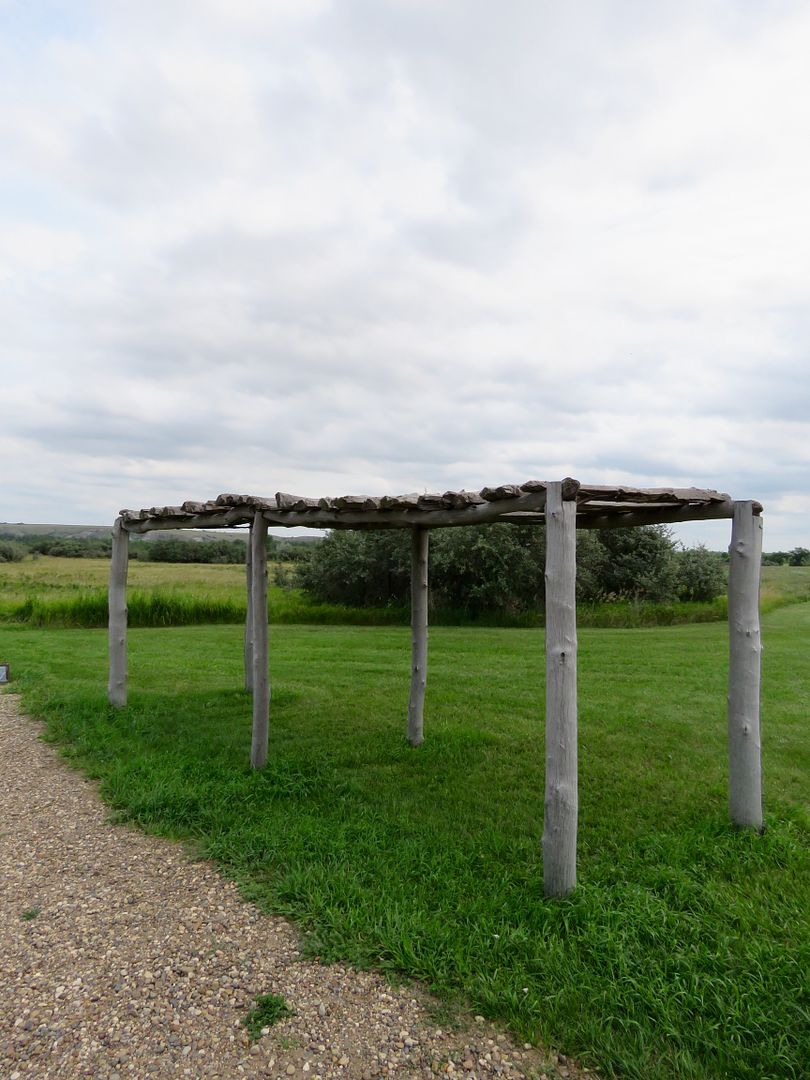

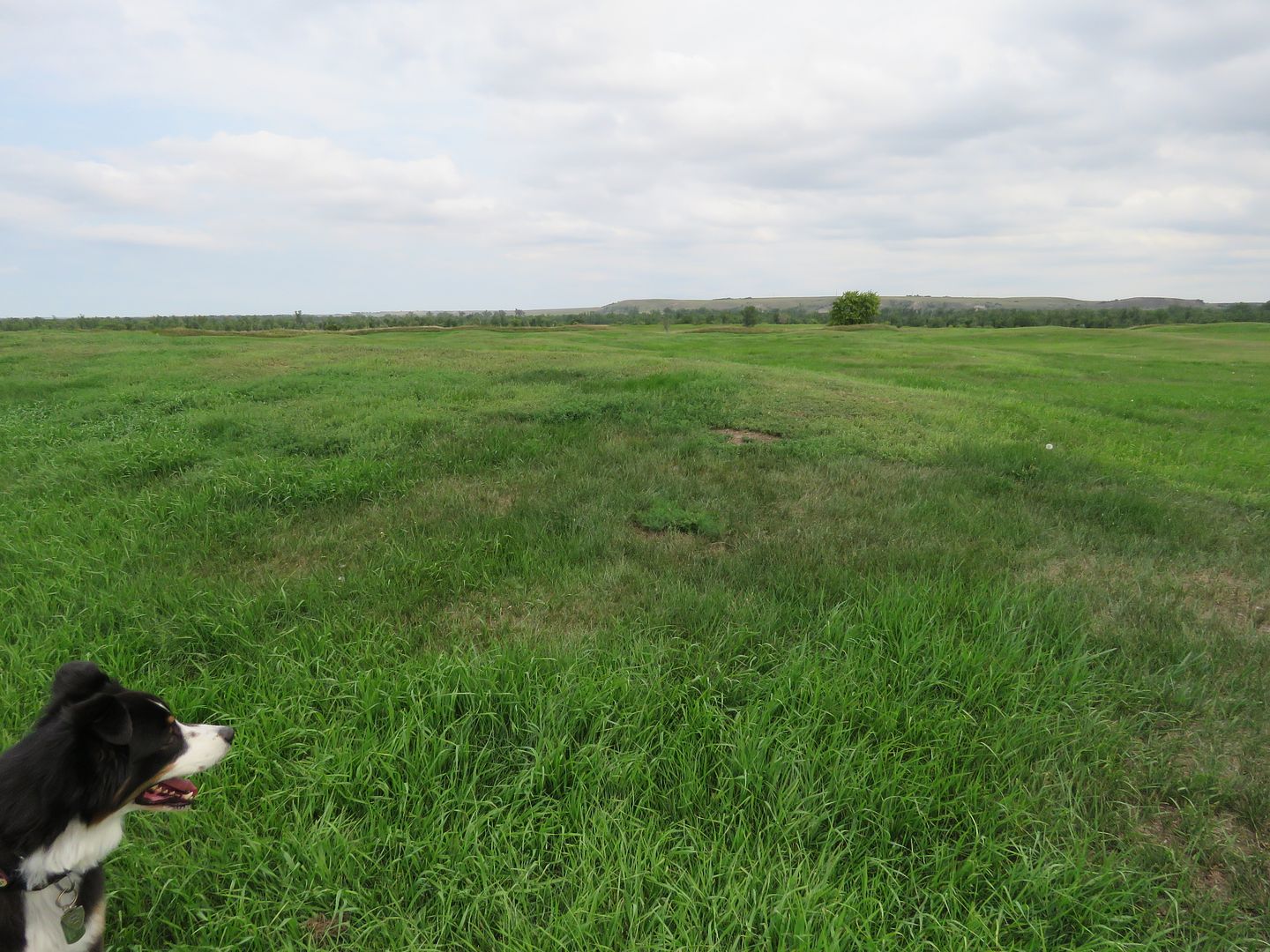


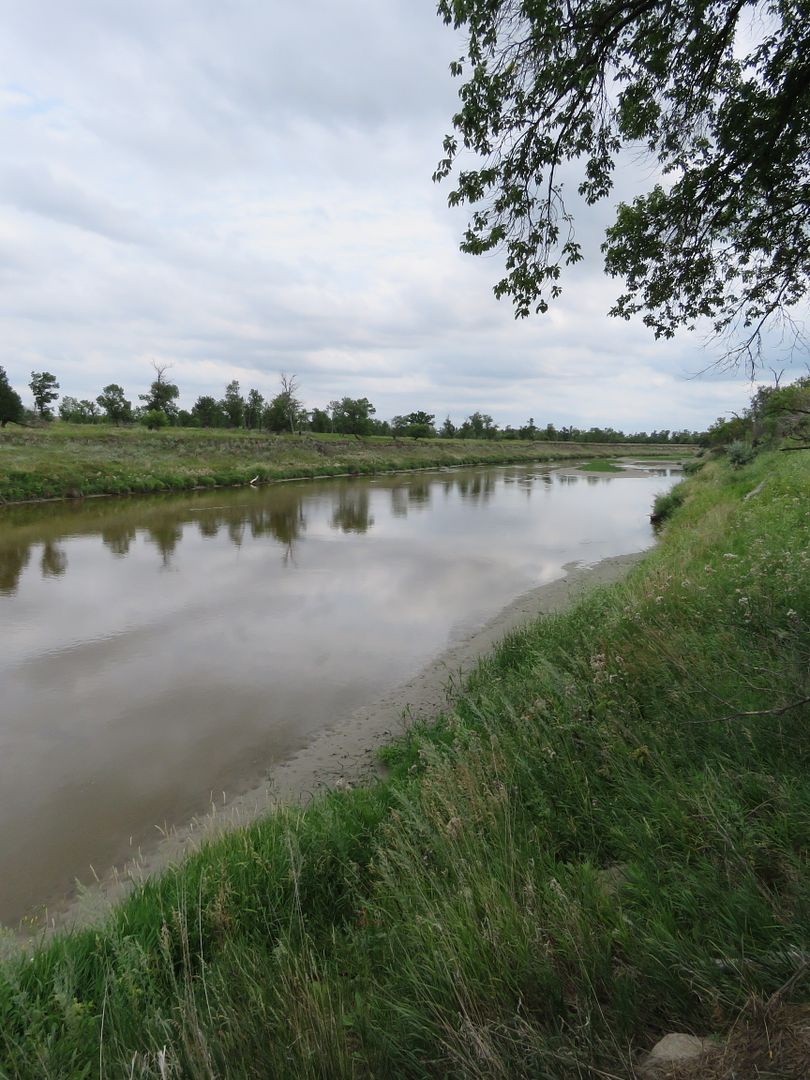
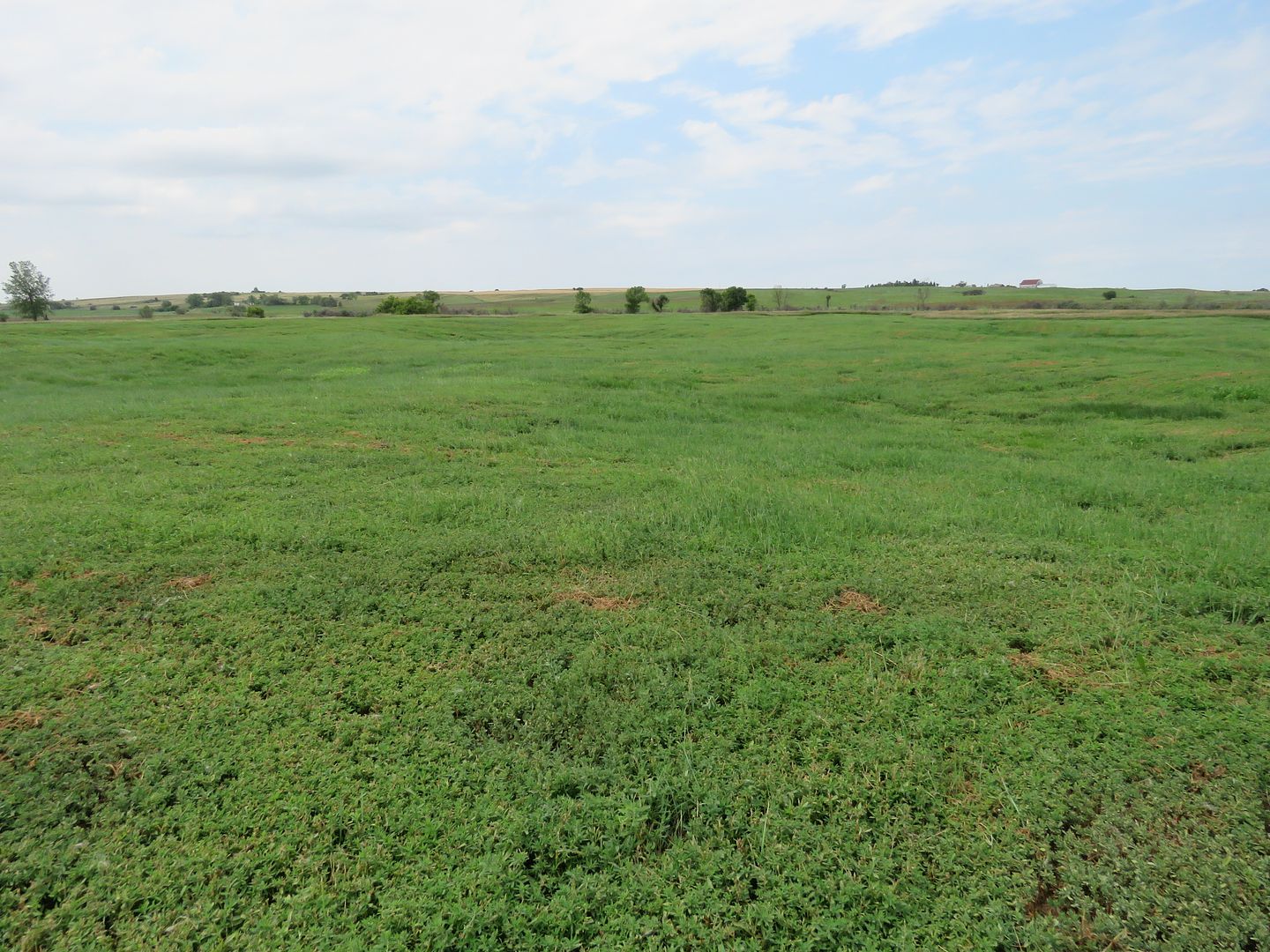
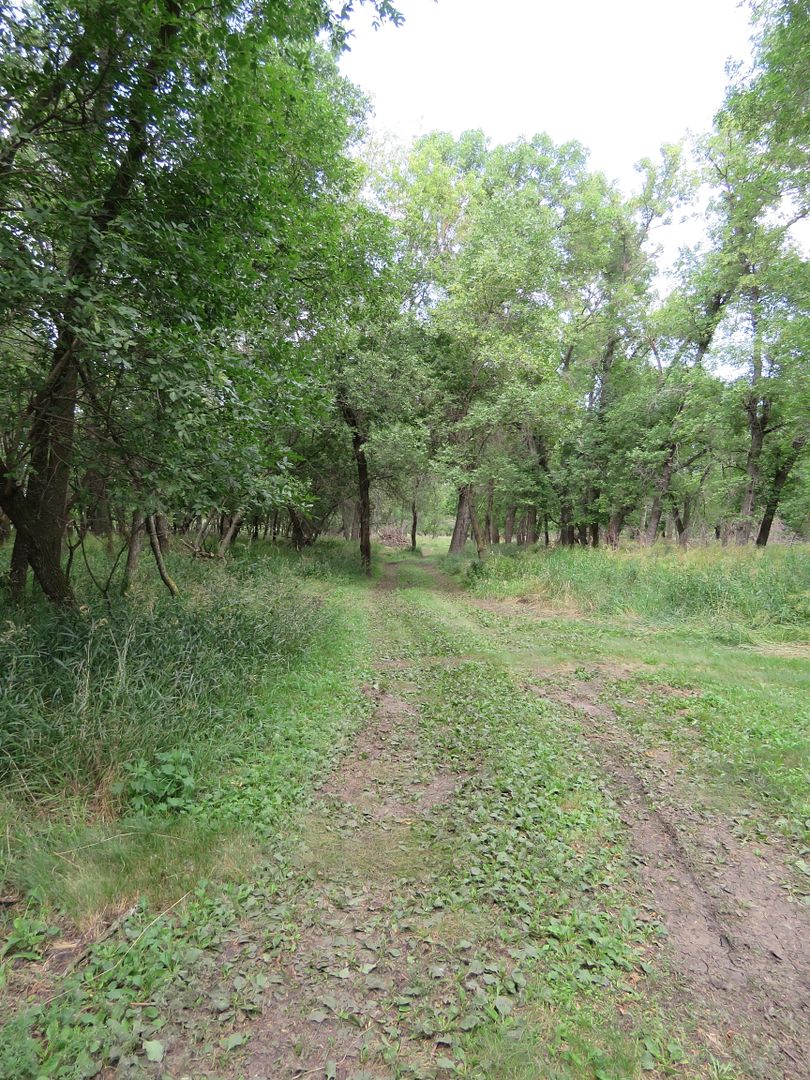

No comments:
Post a Comment